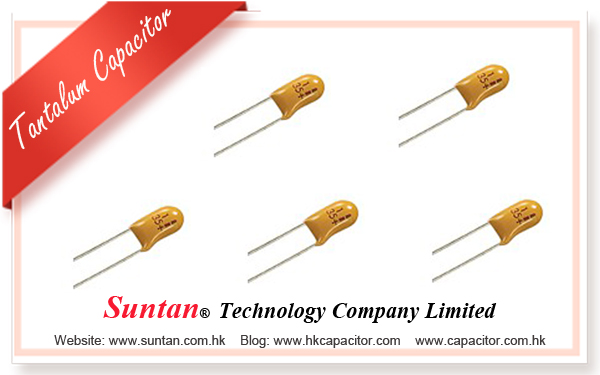Suntan Ceramic Trimmer Capacitor
Suntan Technology Company Limited
----All Kinds of Capacitors
Suntan is now a leading firm in the electronic component industry. Based on our unique design and processing technologies we offer a variety of ceramic products including 3mm ceramic trimmer capacitors, 5mm Trimmer Ceramic Capacitor, 6mm and 7mm Ceramic Trimmer Capacitor etc.
The following is one of our Ceramic Trimmer Capacitors,please see its features.If you are interested in other types of Ceramic Trimmer Capacitor,please visit www.suntan.com.hk for your reference.
5mm Ceramic Trimmer Capacitor Features:
● As well as applications to small sized electronic apparatus, this series is designed for easy handing and is available with a variety of adjustment method (top, buttom, side and double sides);
● Wide mounting sizes and variable adjustment available;
● Lots of capacity ranges,3pF through 90pF;
● Sturdy mechanical structure against vibration or shock.



